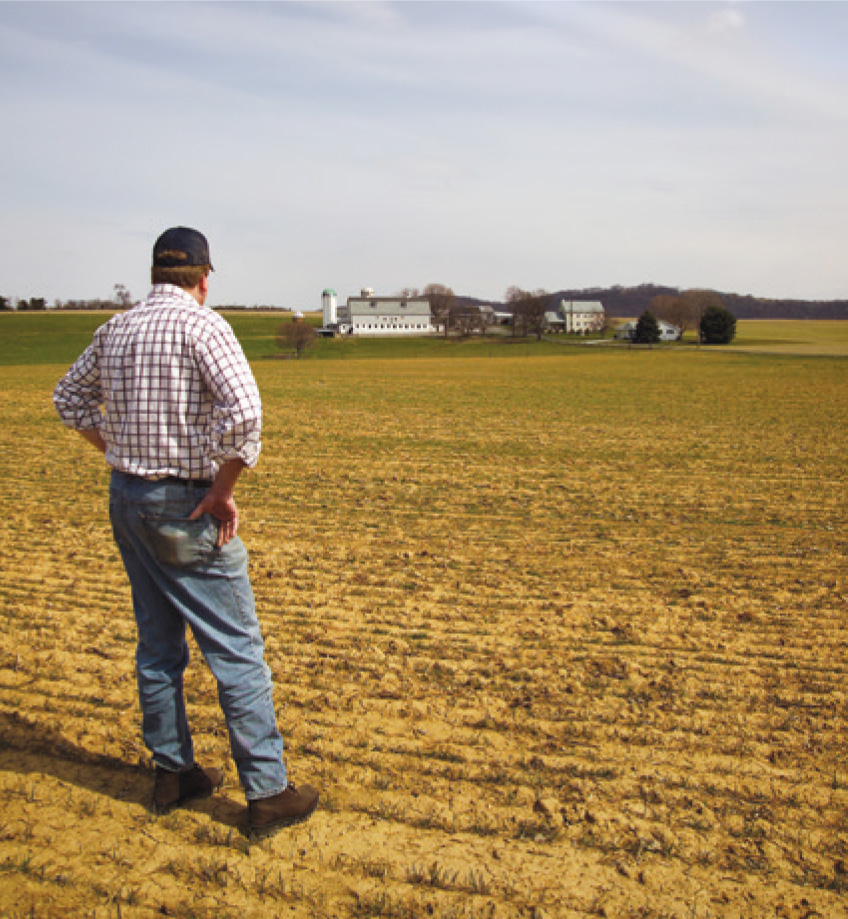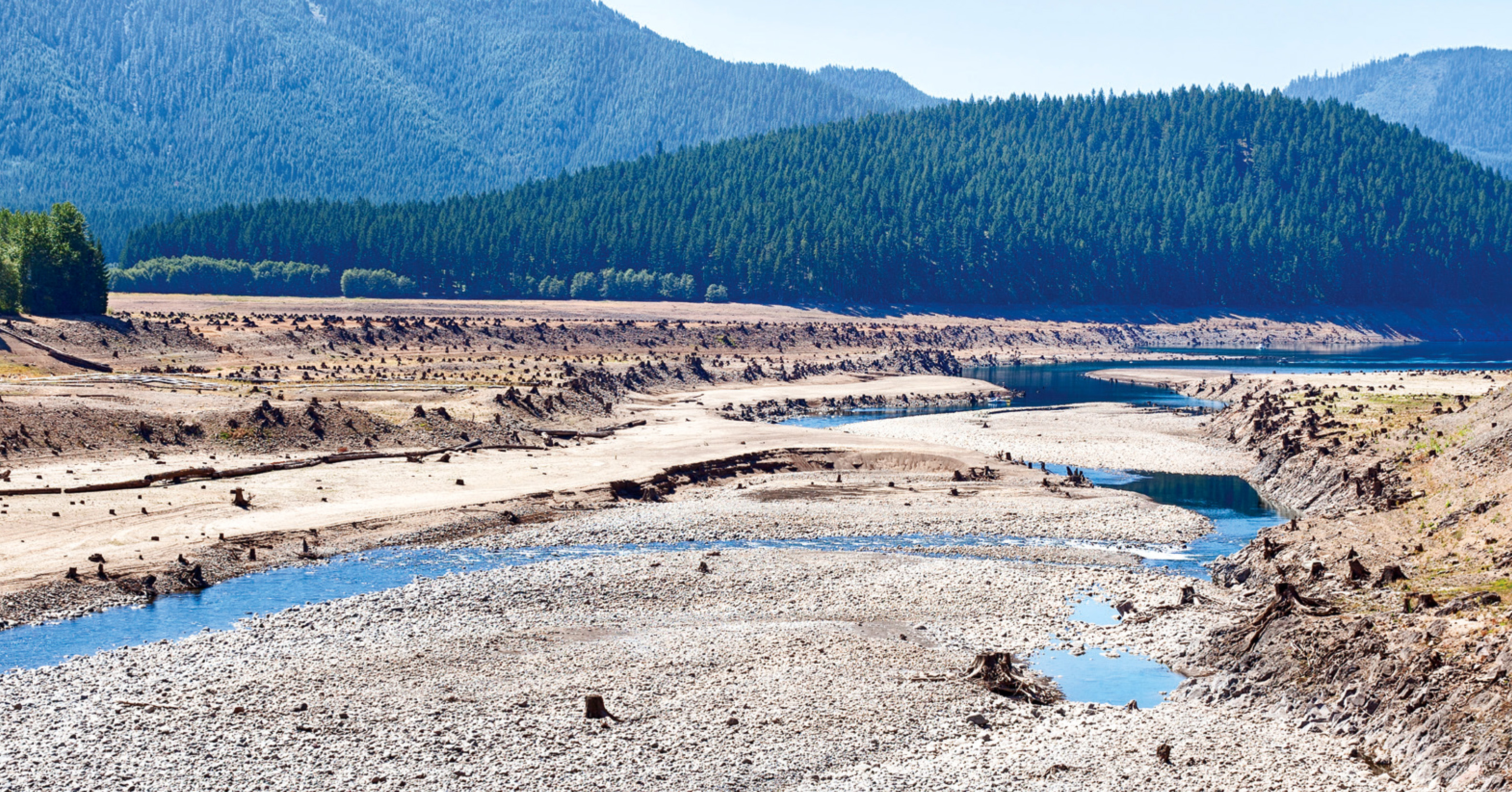BY KURT HEATH
Even as drought conditions have improved in many states, Oregon’s drought continues and now ranks as the worst in the entire United States. What’s worse, the forecast leading into next year should be cause for concern among Oregon farmers.
Currently, every region in Oregon is in a state of severe or extreme drought, as recently reported by the U.S. Drought Monitor. Oregon is one of only eight states designated as having the most “widespread” extreme and severe drought conditions in the country. Such conditions can be accompanied by crop and pasture losses, as well as water shortages and eventual restrictions if they progress. What’s true of Oregon is also true of nearby Washington, which ranks just behind Oregon in terms of worst drought conditions in the United States.
In Oregon’s case:
- 25 of 36 counties have been declared states of emergency. Governor Kate Brown most recently declared Marion County an emergency the first week of October. In 2014, only 10 counties experienced similar declarations.
- 32% of the state is in “severe drought, with more than 67% in extreme drought, the worst outlook of any state.
- According the Bureau of Land Reclamation, water reservoirs relied on by Oregon farmers and growers are at historically record low levels. For example, the Wickiup reservoir near Bend, which waters farmland in Central Oregon, is currently at an alarming 9% of capacity — that’s roughly 3.5 times less than normal and the lowest level in more than two decades.
- Water levels across the state are so low in fact, that experts are not optimistic that this year’s rainy season will provide enough precipitation to replenish the reservoir by next year’s growing season.
 A perfect storm of conditions starting last winter factor into Oregon’s current drought and diminished water supplies. A warmer 2014/2015 winter significantly reduced the snowpack, often referred to as frozen reservoirs, going into the summer months. A lack of snowpack creates a kind of domino effect, as underground springs aren’t replenished to support reservoirs from underneath and low stream flows negatively impact irrigation. As it happened, this summer turned out to be one of the hottest and driest on record, with long stretches of 90-plus degree weather beginning in May.
A perfect storm of conditions starting last winter factor into Oregon’s current drought and diminished water supplies. A warmer 2014/2015 winter significantly reduced the snowpack, often referred to as frozen reservoirs, going into the summer months. A lack of snowpack creates a kind of domino effect, as underground springs aren’t replenished to support reservoirs from underneath and low stream flows negatively impact irrigation. As it happened, this summer turned out to be one of the hottest and driest on record, with long stretches of 90-plus degree weather beginning in May.
It’s important to keep in mind that drought conditions from one year to the next can have a compounding effect. If the connection between seasonal weather patterns is taken into account, drought conditions could be even worse next year for the Northwest.
That’s because forecasters are predicting that last winter’s record low snowpack and this year’s historically hot, dry summer will be followed by a strong El Niño effect this coming winter. For Washington, this likely means a warmer and dryer winter. For Oregon, it probably means another warm winter as well, even if a significant amount of rain does fall through the winter months. In the case of both states, snow pack is expected to again be compromised, leaving Northwest region vulnerable as next summer’s dry season approaches.



